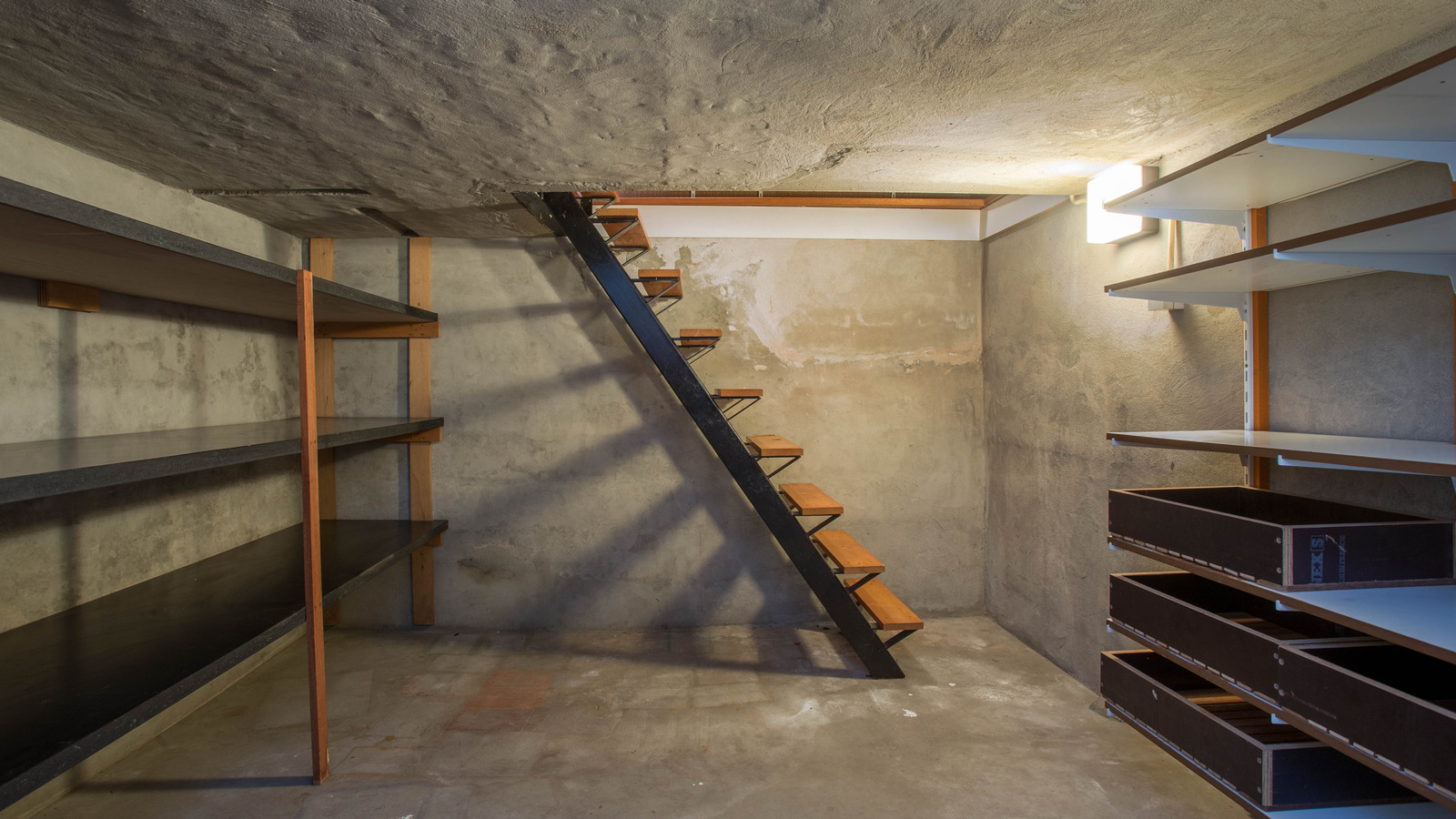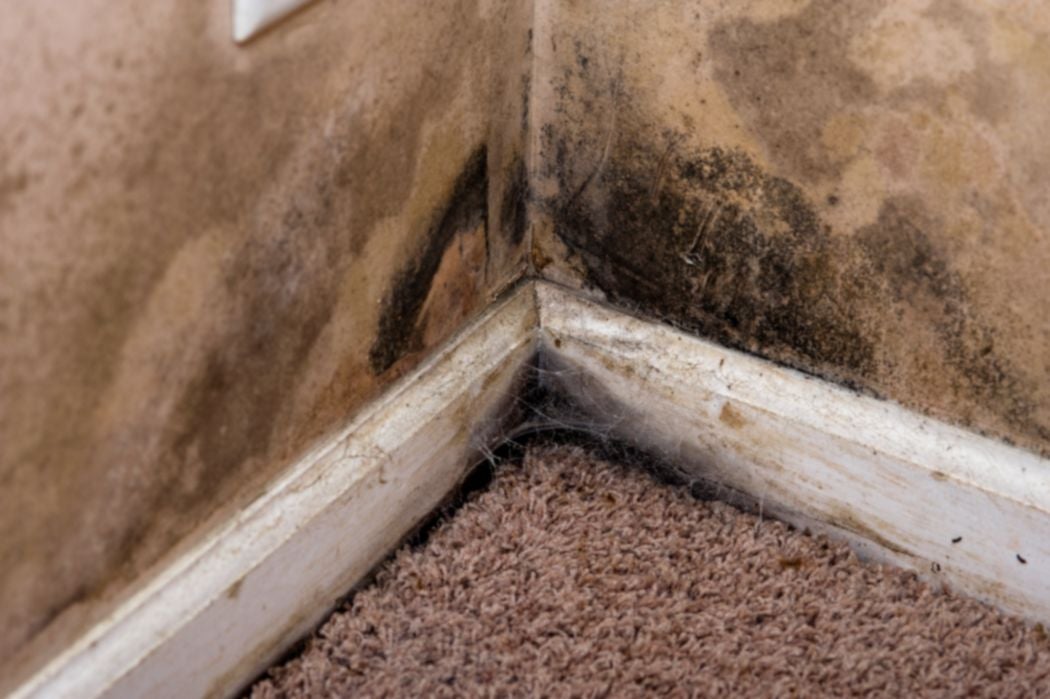Do you find that musty, damp smells in your basement are a constant source of frustration? Whether your basement is finished or unfinished, these odors can be unpleasant and even unhealthy. Fortunately, there are steps you can take to eliminate those musty smells and improve the overall air quality in your basement.
In this step-by-step guide, we will walk you through the process of identifying the source of the odor, taking appropriate measures to address it, and implementing preventive measures to keep your basement smelling fresh and clean. With a little effort and know-how, you can transform your basement into a pleasant and inviting space for you and your family to enjoy.
Understanding the Source of Damp Musty Smells in Your Basement
 Basements are often prone to damp musty smells, which can be caused by a variety of sources.
Basements are often prone to damp musty smells, which can be caused by a variety of sources.
One common culprit is excess moisture seeping in through cracks in the foundation or from poor ventilation. This moisture can lead to the growth of mold and mildew, which emit the musty odor we associate with damp basements.
Another possible source of the smell could be water leaks from pipes or appliances, which can create a damp environment perfect for mold growth. Additionally, basements with poor drainage can experience water buildup, contributing to the musty odor.
Understanding the source of the damp musty smell in your basement is the first step towards eliminating it and creating a healthier living environment.
1. Assessing the Severity of the Issue
Assessing the severity of the musty smell in your basement is essential in order to effectively eliminate it. The first step is to take note of any visible signs of dampness, such as water stains on walls or ceilings, mold growth, or a general feeling of moisture in the air. Next, consider any potential sources of the musty odor, such as a leaking pipe, poor ventilation, or even hidden water damage.
Its important to thoroughly inspect the entire basement, including storage areas and crawl spaces, to identify the root cause of the smell. By accurately assessing the severity of the issue, you can develop a targeted plan to address and eliminate the damp musty smell for good.
2. Removing Clutter and Improving Air Circulation
![]() To effectively eliminate damp musty smells in your basement, it is essential to focus on removing clutter and improving air circulation. Clutter can trap moisture and create the perfect environment for mold and mildew to thrive, contributing to the unpleasant odor.
To effectively eliminate damp musty smells in your basement, it is essential to focus on removing clutter and improving air circulation. Clutter can trap moisture and create the perfect environment for mold and mildew to thrive, contributing to the unpleasant odor.
Start by decluttering your basement, getting rid of items that are no longer needed and organizing the remaining belongings. This will not only help improve the air quality but also make it easier to maintain a clean and dry space.
Additionally, improving air circulation is key to preventing moisture buildup and reducing musty odors. Consider using fans, dehumidifiers, or opening windows regularly to allow fresh air to flow through the space.
By addressing clutter and promoting better air circulation, you can effectively tackle damp musty smells in your basement and create a fresher, more pleasant environment.
3. Identifying and Fixing Leaks and Moisture Issues

Identifying and fixing leaks and moisture issues in your basement is essential to eliminating damp, musty smells. The first step is to thoroughly inspect the basement for any signs of water seepage, such as puddles of water, damp spots on the walls or floor, or musty odors.
Once youve identified the source of the moisture, you can take steps to fix the issue. This may involve sealing cracks in the foundation, installing a sump pump to remove excess water, or improving drainage around the exterior of the home.
Additionally, you may need to address any plumbing leaks or condensation issues that could be contributing to the dampness. By addressing these issues promptly and effectively, you can create a dry, odor-free environment in your basement.
4. Using Dehumidifiers and Air Purifiers
To effectively combat damp musty smells in your basement, utilizing dehumidifiers and air purifiers is essential. Dehumidifiers work by removing excess moisture from the air, reducing the humidity levels that can contribute to musty odors.
Air purifiers, on the other hand, eliminate airborne particles such as dust, mold spores, and allergens that can exacerbate unpleasant smells. By using both devices in conjunction, you can create a cleaner and fresher environment in your basement.
Remember to regularly clean and maintain your dehumidifier and air purifier to ensure optimal performance and maximum effectiveness in eliminating musty odors for good.
5. Eliminating Mold and Mildew Growth
 To effectively eliminate mold and mildew growth in your basement, it is essential to address the root causes of dampness and moisture.
To effectively eliminate mold and mildew growth in your basement, it is essential to address the root causes of dampness and moisture.
Start by inspecting the area for any leaks or water seepage, as these issues can create the perfect environment for mold and mildew to thrive. Repair any cracks in the walls or foundation, and ensure that the basement is properly ventilated to prevent excess humidity.
Additionally, consider installing a dehumidifier or using moisture-absorbing products to help maintain optimal moisture levels. Regularly cleaning and disinfecting the basement surfaces with mold-killing products can also help prevent the growth of mold and mildew.
By taking these proactive steps, you can effectively eliminate damp musty smells and create a healthier environment in your basement.
Conclusion
In conclusion, addressing damp musty smells in your basement is essential for maintaining a healthy and pleasant living environment. By following the step-by-step guide outlined in this article, you can effectively eliminate these odors and prevent them from returning in the future.
Keeping an eye out for 5 signs your basement waterproofing is the problem, such as peeling paint, water stains, musty odors, mold growth, and efflorescence, is crucial. By taking proactive steps to address any waterproofing issues, you can ensure that your basement remains dry, odor-free, and safe for you and your family to enjoy.
Remember, a dry basement is a happy basement!


